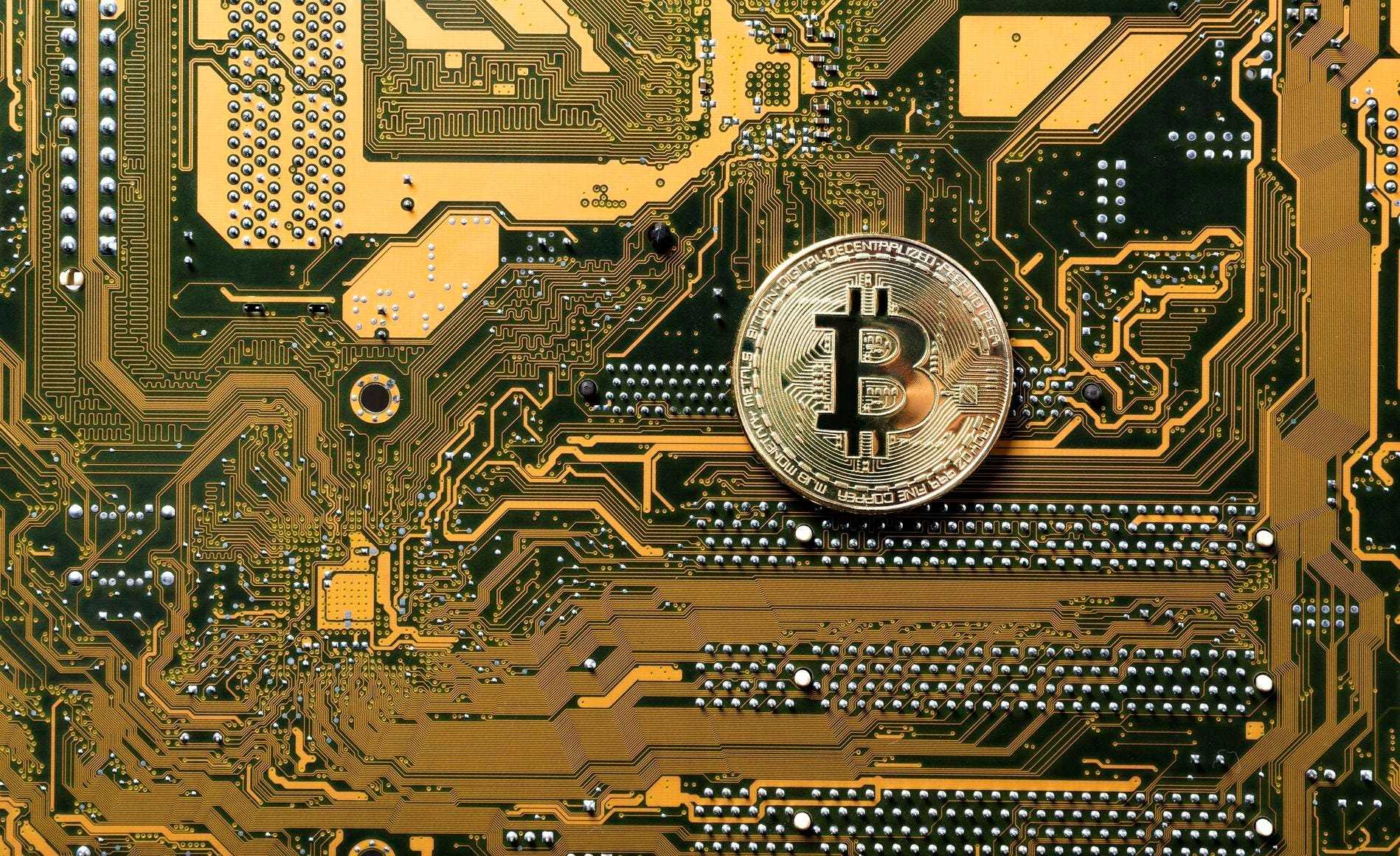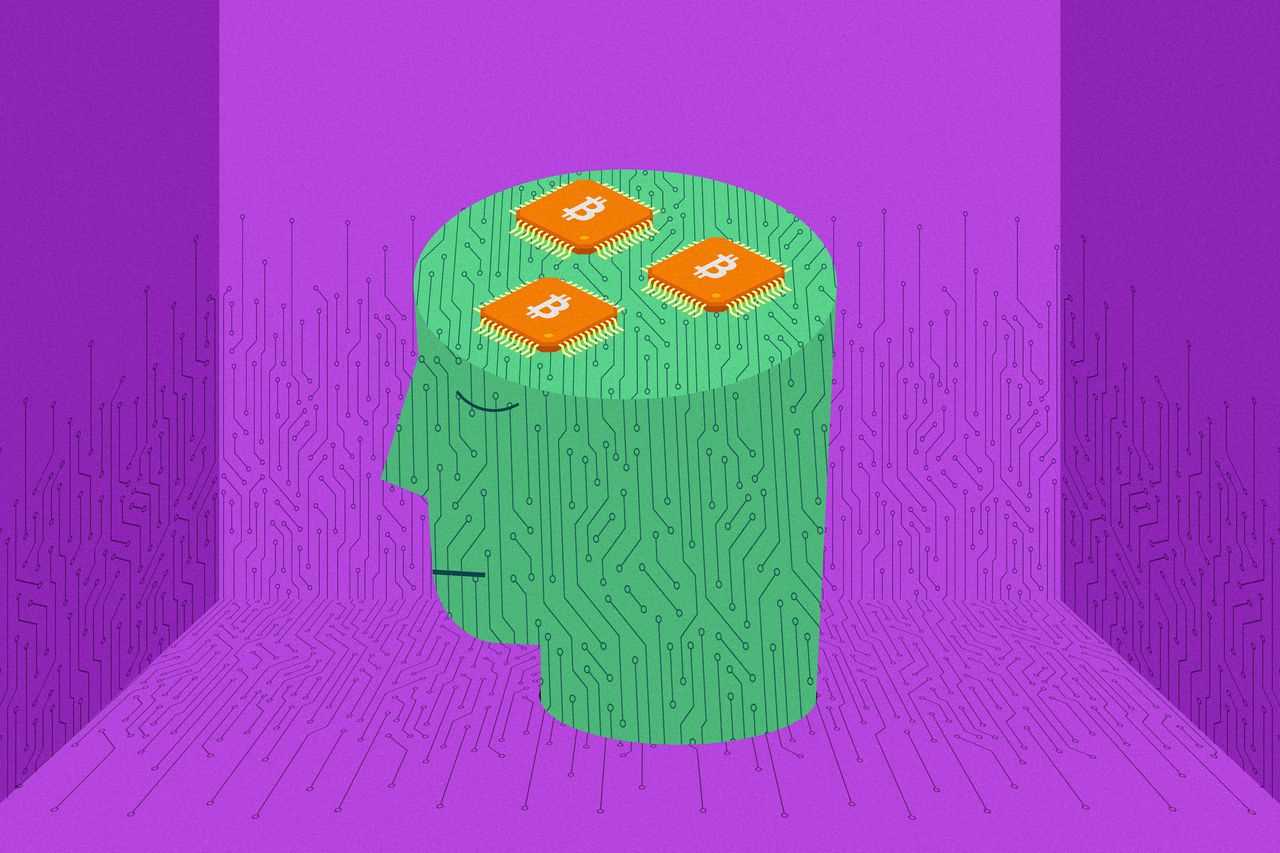
Artificial intelligence (AI) and blockchain are considered two of the world’s most revolutionary technologies. Combining them has the potential to revolutionize any field and draw revolutionary conclusions. One example is the GPT-3 SATOSHI application, which harnesses the power of AI and blockchain to provide unparalleled functionality.
The GPT-3 SATOSHI application is built on GPT-3 OpenAI (Generative First Training Transformer 3), one of the most advanced AI language models available. GPT-3 SATOSHI applications employ blockchain technology to ensure permeability, security, and decentralization of unique activities.
One of the key advantages of the GPT-3 SATOSHI application is considered to be its ability to provide reliable information. With the growing fear of fake news and disinformation, this application uses AI technology to analyze and test the reliability of information. Using the decentralized nature of the blockchain, the application ensures that information is considered clear and protected from tampering.
The Future of Technology

In the fast-paced world of technology, it is interesting to ponder what the future may hold. With the combination of artificial intelligence (AI) and blockchain technology, the possibilities are endless. These two groundbreaking technologies are already having a huge impact in many areas, and the possibilities built into them are truly revolutionary.
AI has the ability to process large amounts of data and recognize complex patterns and things. Already proving its value in areas such as image detection, natural language processing, and independent transportation, AI will be an essential asset for businesses and individuals alike as it continues to evolve.
Blockchain, on the other hand, is a decentralized, illusory ledger system that guarantees harmless and continuous transactions. It gained notoriety primarily through its use in cryptocurrencies, but its potential goes far beyond that. The decentralized nature of blockchain technology makes it ideal for providing trust and security in a variety of economic sectors, including supply chain management, healthcare, and currency supply.
Combining AI and blockchain has the potential to revolutionize nearly every aspect of our lives. One area where this integration could have a significant impact would be in the field of money technology, widely known as fintech.
- More automation: The integration of AI and blockchain technology could automate nearly all financial processes, reducing human error and increasing productivity. For example, smart contracts, self-service contracts with matching criteria written in code, could eliminate intermediaries and improve transactions.
- Enhanced security: The decentralized and colorless nature of blockchain ensures a high level of security for financial transactions. AI’s ability to analyze and identify patterns can be linked to the blockchain ledger to more effectively detect and prevent fraud.
- Improved quality of service to shoppers: AI-powered chatbots and virtual assistants can provide a personalized and interactive shopper experience by understanding and responding to user needs in real time. Coupled with the security and efficiency offered by blockchain technology, this could change the way monetary offers are delivered.
The future of technology offers tremendous opportunities associated with the integration of AI and blockchain. Together, these technologies can revolutionize industries, increase efficiency, and provide new opportunities for both businesses and individuals.As AI and blockchain further develop and grow, we can expect more innovation and transformational change in the coming years.
AI is Revolutionizing the Sector
The combination of AI and blockchain has the potential to revolutionize numerous sectors. From finance to healthcare and logistics, blockchain solutions using AI are already having a significant impact.
In the financial sector, AI is used to automate and optimize a variety of processes, including fraud detection, risk assessment, and algorithmic trading. By analyzing vast amounts of data, AI algorithms can identify patterns and anomalies that people may miss, resulting in more accurate and efficient decision making. Blockchain technology, meanwhile, provides the transparency, security, and immutability essential for financial transactions.
- In healthcare, AI is used to aid in diagnosis, drug discovery, and personalized medicine. With access to large data sets and advanced algorithms for machine learning, AI can help identify diseases and recommend treatment plans. Blockchain technology ensures privacy and security of patient data while enabling interoperability between different healthcare providers.
- In logistics, AI algorithms can optimize supply chain management by predicting demand, identifying bottlenecks, and optimizing routes. combining AI and blockchain allows companies to ensure traceability and transparency of goods throughout the supply chain and reduce the risk of fraud and counterfeiting.
Additionally, AI and blockchain could revolutionize the entertainment industry; AI recommendation systems can personalize recommendations for users, improving user experience and engagement. Blockchain technology can provide new business models for content makers, including micro-payments and decentralized management of digital rights.
The potential applications of AI and blockchain are huge and we are only at the beginning of what is possible. As these technologies further develop and become more mature, we can expect to see many more industries transformed by the combination.
Leave a Comment